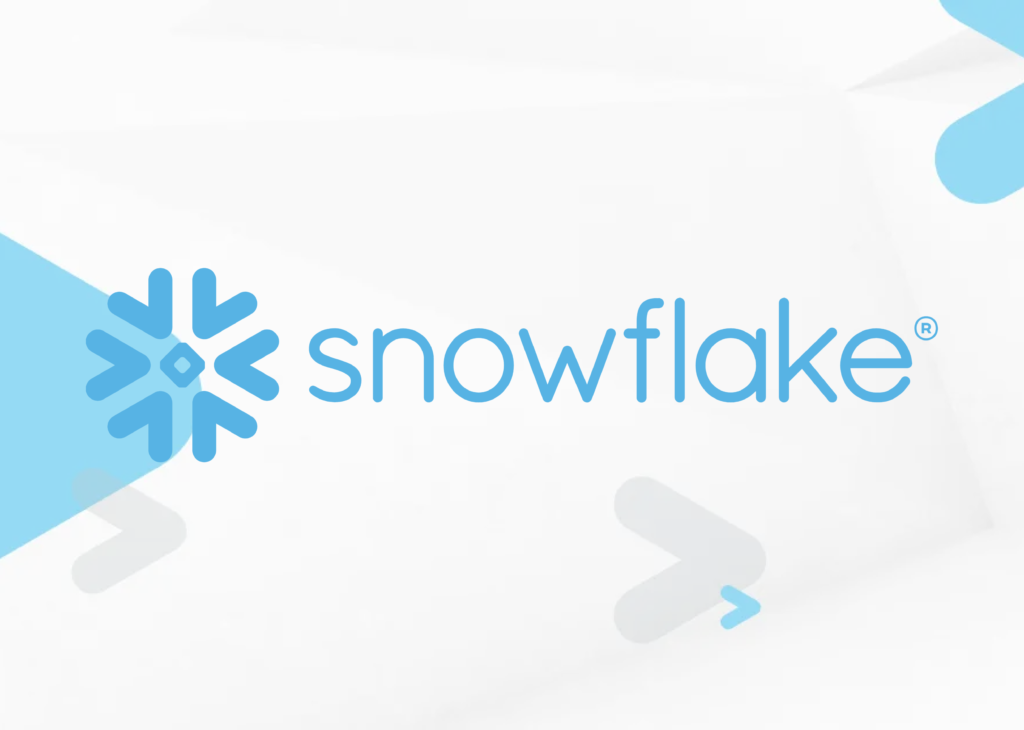Legacy data warehouses have always had problems with them, not least because of the sheer amount of data they have to handle. Cloud data warehouses, and Snowflake in particular, have changed this.
But what is different about Snowflake, why is it gaining popularity, and how can your business make the most of it?
What is Snowflake?
Snowflake is “a fully managed service that’s simple to use but can power a near-unlimited number of concurrent workloads. Snowflake is your solution for data warehousing, data lakes, data engineering, data science, data application development, and securely sharing and consuming shared data.”
The difference between Snowflake and other cloud infrastructures is that it can talk to all big cloud players – Amazon Web Services, Microsoft Azure and Google Cloud so that companies don’t have to use just one for all of their data. They can spread the risk, as it were.
Snowflake’s Chief Revenue Officer, Chris Degnan, highlighted this feature in a recent blog post, where he stated that being a multi-cloud business wasn’t enough; businesses should be cross-cloud to harness the true power of their data.
How does the Snowflake architecture differ?
One of the main reasons that Snowflake is gaining recognition as the top cloud data warehousing solution is thanks to its architecture, which consists of:
- Dynamic, scalable computing power with usage-based charges
- Out-of-the-box features such as data cloning and sharing, on-the-fly scalable computing and third-party tool support
- Provision of support for a wide variety of programming languages like C, Go, Java, .NET, Node.js and Python
- Simplified data processing allows users to do data blending, analytics and transformations against various types of data structures
- The ability to serve a wide range of technology areas, including (but not limited to) advanced analytics, business intelligence, data integration, and security and governance
5 benefits of using Snowflake in your business
All of this adds up to a great many benefits for businesses, including:
- Accessibility & Concurrency. The unique multi–cluster architecture of Snowflake means data analysts and data scientists can get the information they need from each virtual warehouse when needed without waiting for other processing tasks to complete.
- Availability & Security. Snowflake was designed to operate continuously to minimise the impact on customers by being distributed across the availability zones of the platform on which it runs and being able to tolerate network failures.
- Performance & Speed. The elastic nature of cloud storage means you can easily scale up and down your virtual warehouse as you need.
- Seamless Data Sharing – with other Snowflake users. Accounts can easily be created and managed for clients if they do not exist as Snowflake customers.
- Storage & Support – for structured and semi–structured data. Both these types of data can be combined for analysis and loaded into the database without needing conversion or transformation first.
The Snowflake platform continues to innovate and is far removed from the cloud data warehouse it originated as. If you want to harness the power of Snowflake for your business or learn more about breaking into the world of data warehousing, don’t hesitate to get in touch with one of the expert consultants at Agile Recruit.




